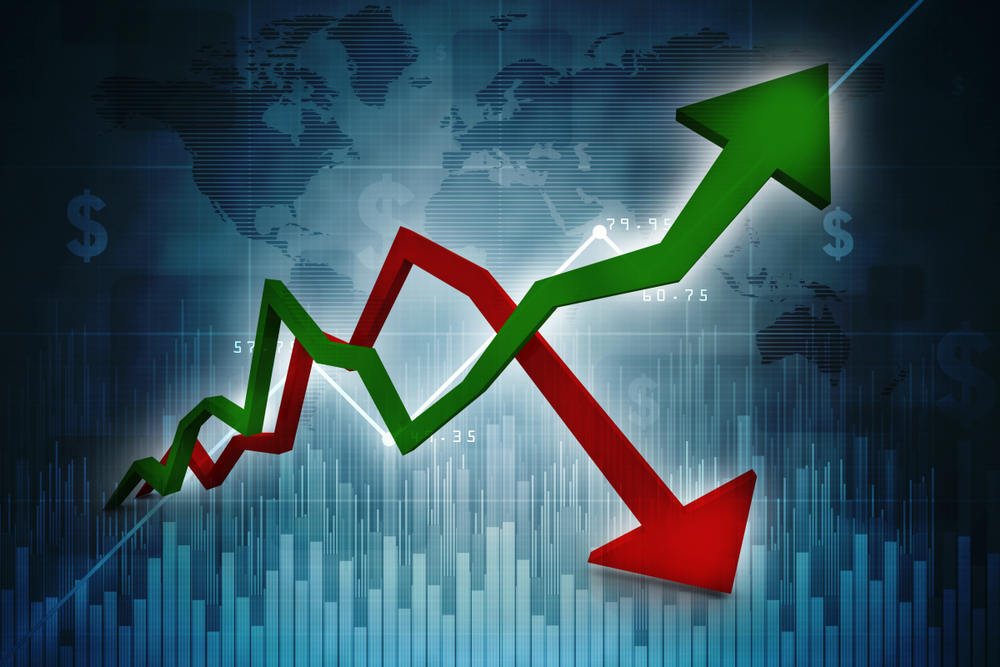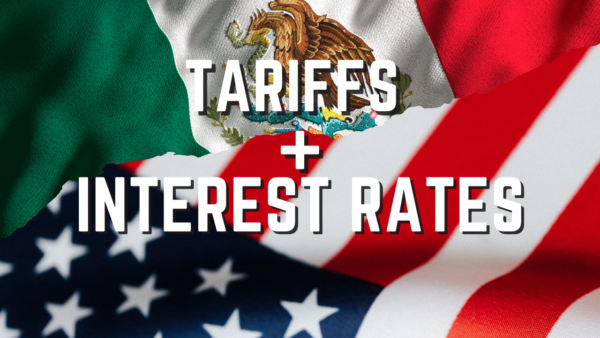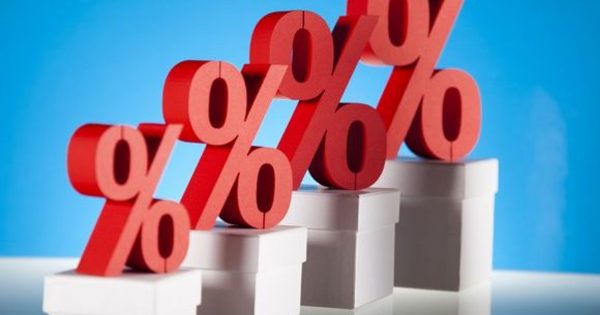Some important leads and lags will affect the Consumer Price Index (CPI) and other measures of inflation over the next year. One is that between spot natural gas prices and electricity. Spot prices peaked in August at almost four times as high as they were two years earlier. Since August, they have come off over 30%. Natural gas is a significant input into electricity plants and leads electricity prices by 3-6 months. The experience of other recent surges in natural gas prices in 2005 (after hurricane Katrina) and 2008 suggests that electricity prices (which have gone up 15.5% in the past year) will start decelerating significantly late this year or early in 2023. Barring another surge in natural gas prices, electricity prices will probably increase by less than 5% in 2023. Electricity prices make up 2.7% of the CPI. It should also be noted that natural gas powers many refineries for petroleum products. The recent decline in natural gas prices will help reduce the high spreads between refined products and crude oil prices.
Another significant lag is between food prices in the CPI and prices for grains and soybeans. The last significant rise in these food commodity prices occurred between 2010-2012, and food and beverage price inflation in the CPI peaked in year-over-year terms in late 2014. This is consistent with other episodes in which significant moves in grain prices led to food price inflation in the CPI by 12 to 24 months. This relationship reflects the fact that certain grains are used to feed livestock. It takes additional time for the resulting increases in livestock prices to be reflected in prices at the grocery store. The current situation is complicated because supply chain issues have also significantly raised food inflation and are gradually easing. Both considerations, however, point to the likelihood of significant deceleration in food inflation (currently running at 11.2% year-over-year). We expect a slowdown to perhaps half that rate in 2023. Food prices account for almost 14% of the CPI.
Rental inflation is another segment of the CPI with significant lags. This has been widely discussed in recent months. The Bureau of Labor Statistics’ sampling and other methodologies for estimating rent of primary residences and owners’ equivalent rent introduce some lags relative to private sector data on rents. The private sector data have already been moderated, and a muted version of that moderation is likely to show up in the CPI data starting in the first quarter. How quickly rents in the CPI data decelerate partly depends on overall housing conditions (including house prices) and rental sector data (particularly the housing vacancy rate).
While these considerations point to decelerating inflation in 2023, the overall outlook still contains problematic elements for the Federal Reserve. The decelerations for the above items are unlikely to return overall inflation to pre-COVID levels. It will be tempting for the FOMC to conclude, based on the outlook for a deceleration in inflation next year, that it has accomplished its mission. However, inflation will likely remain well above its target for at least the next two years. The same could be said of wage inflation. Some measures of wage inflation have decelerated this year, but they remain well above pre-COVID levels. There remains a non-negligible risk that wage inflation will push up business costs during the few years, eroding profit margins and forcing price increases even as the economy slows.
The most recent data on core inflation (which excludes food and energy) show the CPI up 6.6% in the past twelve months. An optimistic scenario would have it decelerating to about 3% over the next two years. This would remain above the Federal Reserve’s official target of 2%. One of the critical questions for 2023 will be whether the Federal Reserve will view this as an acceptable outcome or will be tightening policy further to bring about a more significant and faster drop in inflation. We lean toward the view that such an outcome would be broadly satisfactory. This might spare the economy from additional tightening of monetary policy in 2023.
_________________________
To become a subscriber, visit www.thecannatareport.com/register or contact cjcannata@cannatareport.com directly. Bulk subscription rates are available upon request and included in our media kit.




